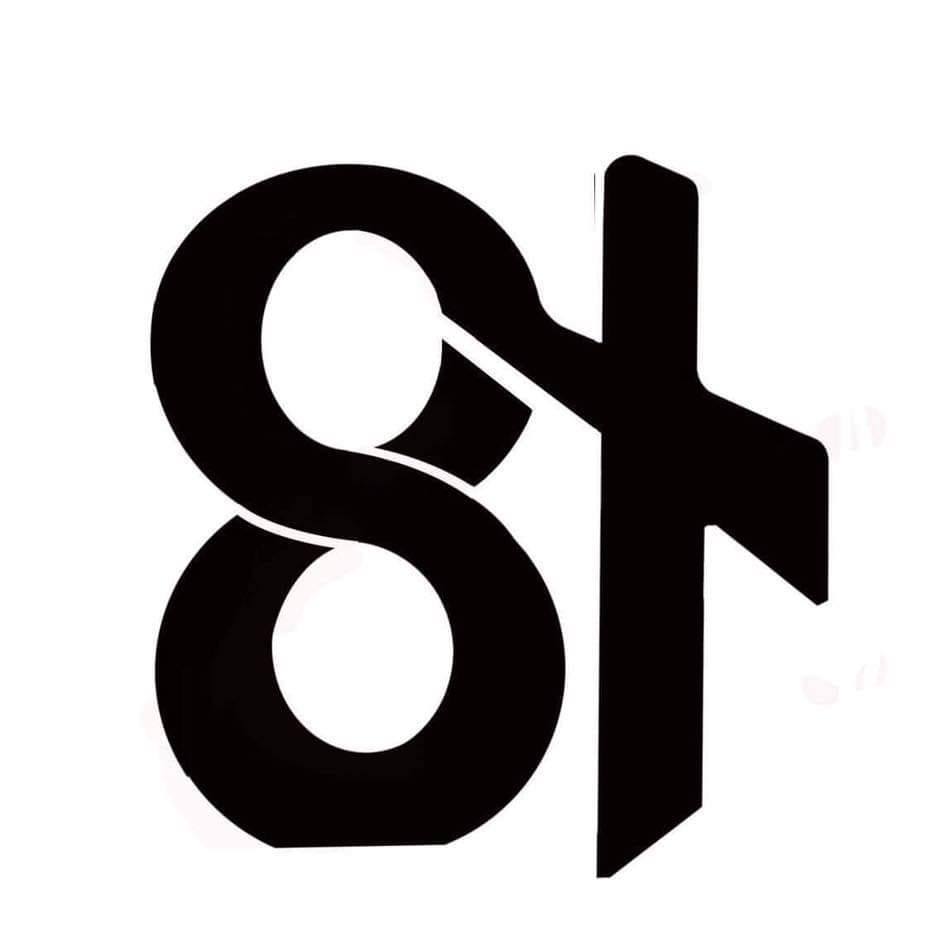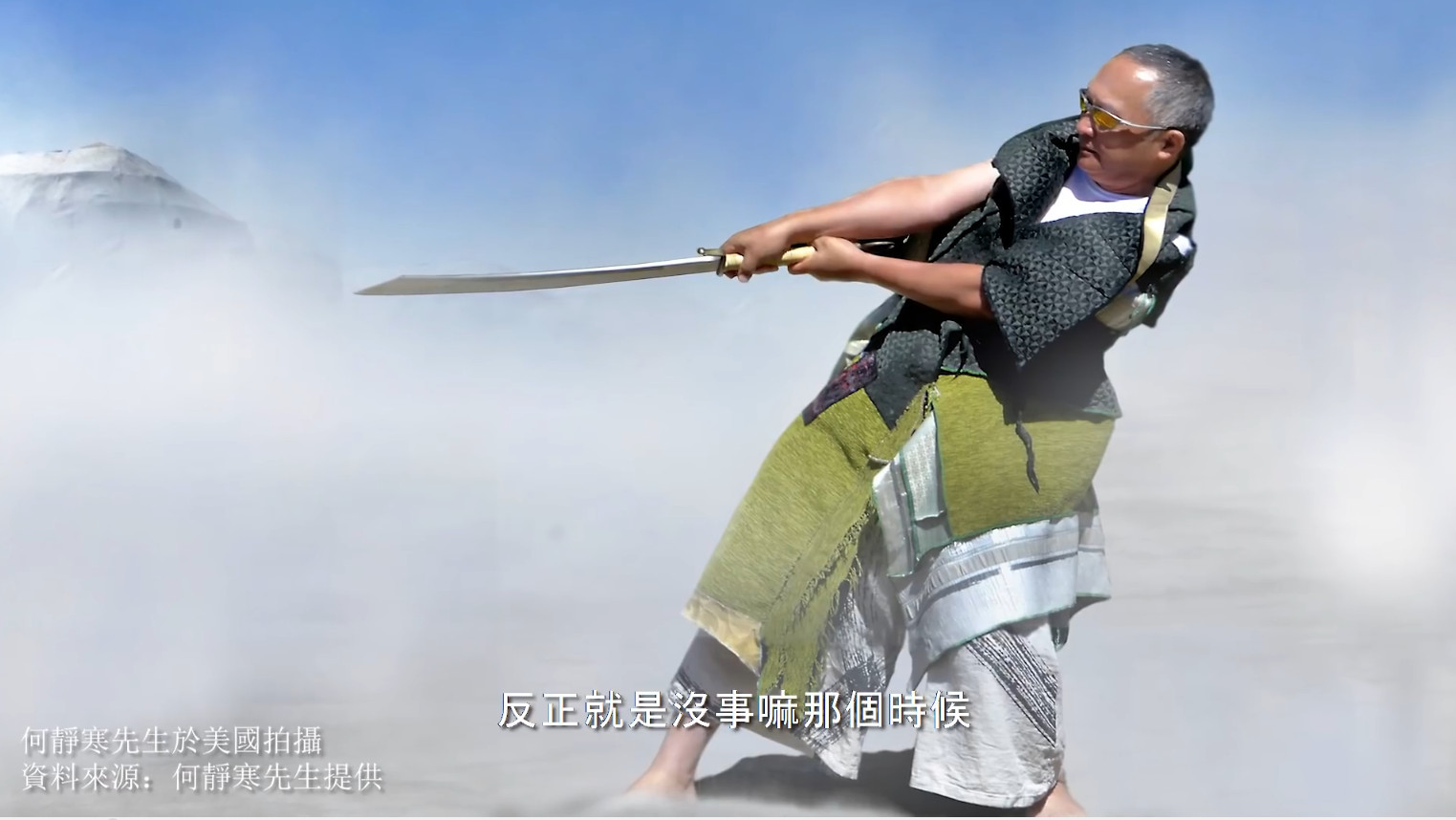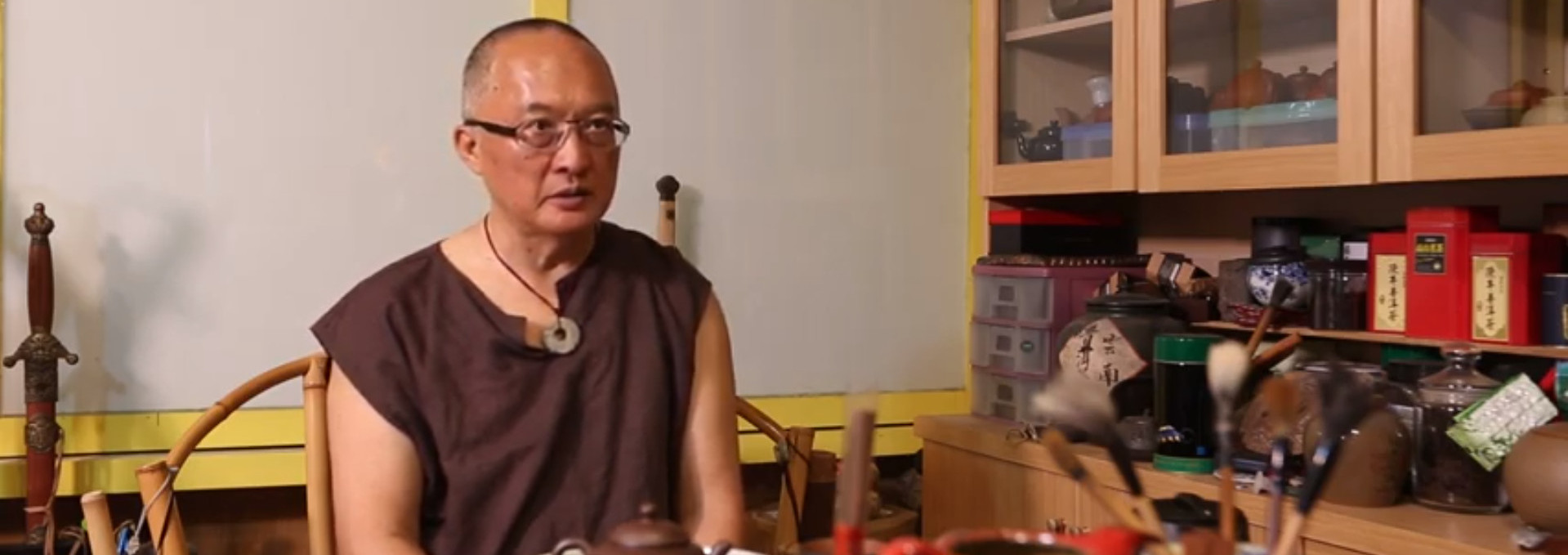20240930 new members only playlists on Master HeJingHan Youtube channel Hoow to join the members
Category: English articles
He Jing-Han, the Successor of Baguaquan
Video report with Master HeJingHan, students opinion, thoughts about Baguaquan and its study. 八卦拳傳人-何靜寒
Questions and answers about BaguaQuan, Interview with Master He JingHan
HeJingHan BaguaQuan, Baguazhang Teaching Taipei. Questions and answers about BaguaQuan, Interview with Master He JingHan
My personal opinion on the nomenclature of Single Change Palm and Double Change Palm
~ translated by David Alexander Many schools of Bagua Quan / Bagua Zhang have two categories palm style - Single Change Palm and Double Change Palm. However since most of them have different training programmes there are varying viewpoints on why ‘single’ and ‘double’ are used to differentiate between these two palm styles. The Bagua… Continue reading My personal opinion on the nomenclature of Single Change Palm and Double Change Palm
Ability v Application
Translated by David Alexander The process of studying Baguaquan is first to train ability and then to study methods of application. Ability includes basic ability -i.e. basic skills - and applied ability - i.e. forms, San Shou, weapons etc. If applied ability is insufficient then the student must backtrack to reinforce basic ability and go… Continue reading Ability v Application
The tree of Bagua Quan
Translated by David Alexander Bagua Quan is a teaching system (I believe that other martial arts should also be like this). In my first book (Bagua Quan Foundation) I explained things through the medium of text and illustrations. However martial arts is like a kind of pictorial language in which knowledge depends entirely on ‘physical… Continue reading The tree of Bagua Quan
Image and action are two separate things
Image and action are two separate things When in earlier times I studied ‘Later stage Bagua Quan’ my master often said “Image and action are two separate things ”. For a long time I didn’t understand. Afterwards I gradually caught some of the meaning and then passed over the threshold of ‘Later stage Bagua Quan’.… Continue reading Image and action are two separate things
Chinese martial arts: an investigation into how they developed from hard to soft and into their current status
Chinese martial arts: an investigation into how they developed from hard to soft and into their current status Human culture has arisen for the purpose of resolving problems in order to satisfy needs. This article takes this as a premise and investigates the development of Chinese martial arts. What martial arts (as well as every… Continue reading Chinese martial arts: an investigation into how they developed from hard to soft and into their current status
Conversation with He Jing-Han, on 1/7/01.
The Chinese martial arts are not for creating fighters but for training human ability (human potential) in the abstract. Actually the character wu is inaccurately translated as “martial.” The word “martial” in English has to do with war, but the word “wu” in Chinese is one part of the wen/wu dichotomy. This wu means the… Continue reading Conversation with He Jing-Han, on 1/7/01.
A posture is like a battle formation
A posture is like a battle formation Postures are an important part of Chinese martial arts. They are an indispensable part of the training in every school. In particular every school’s ‘basic form’ will contain the basic postures which are the ‘mother posture’ (also known as ‘original posture’) followed by several ‘son postures’ (also known… Continue reading A posture is like a battle formation




You must be logged in to post a comment.